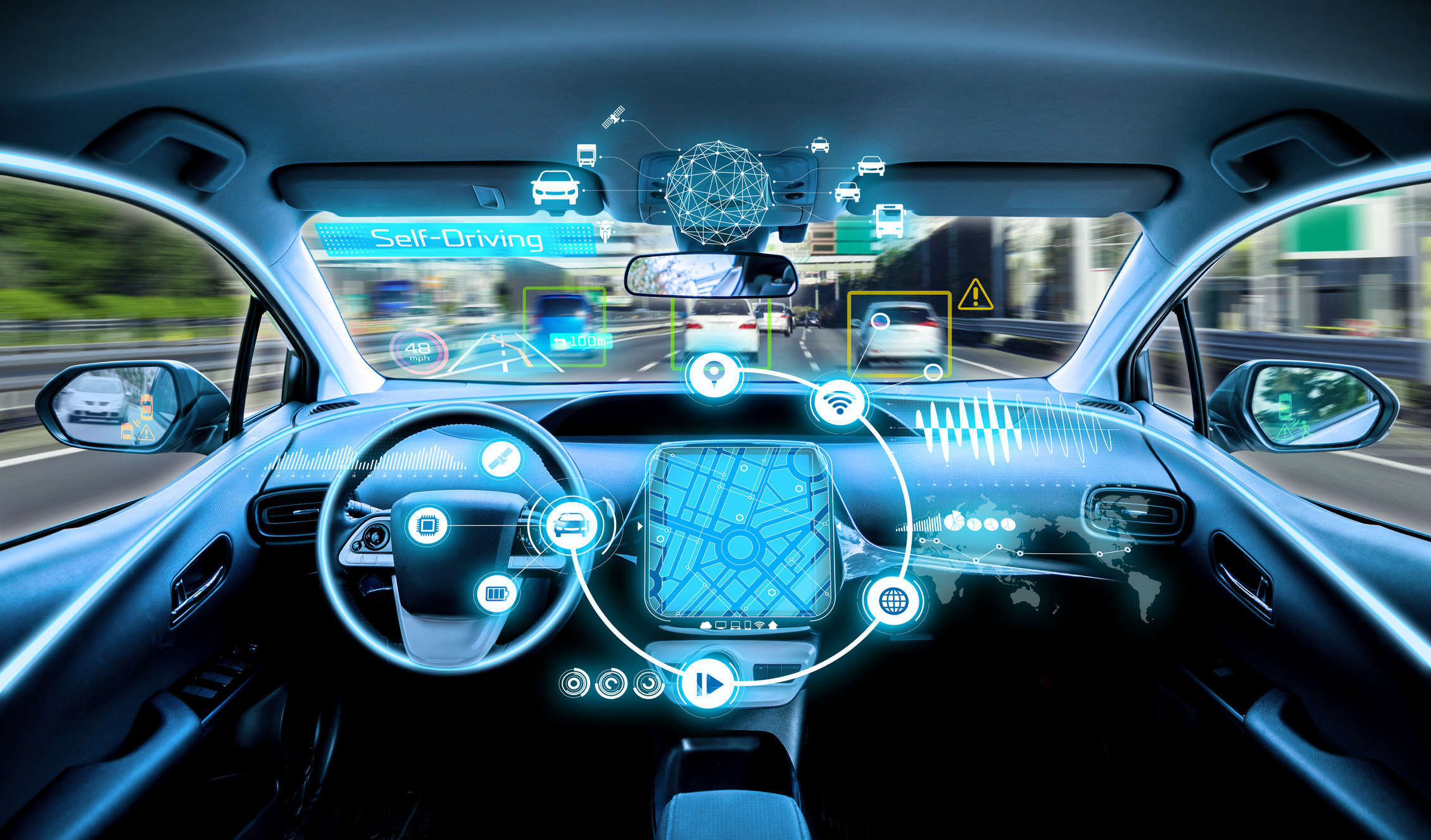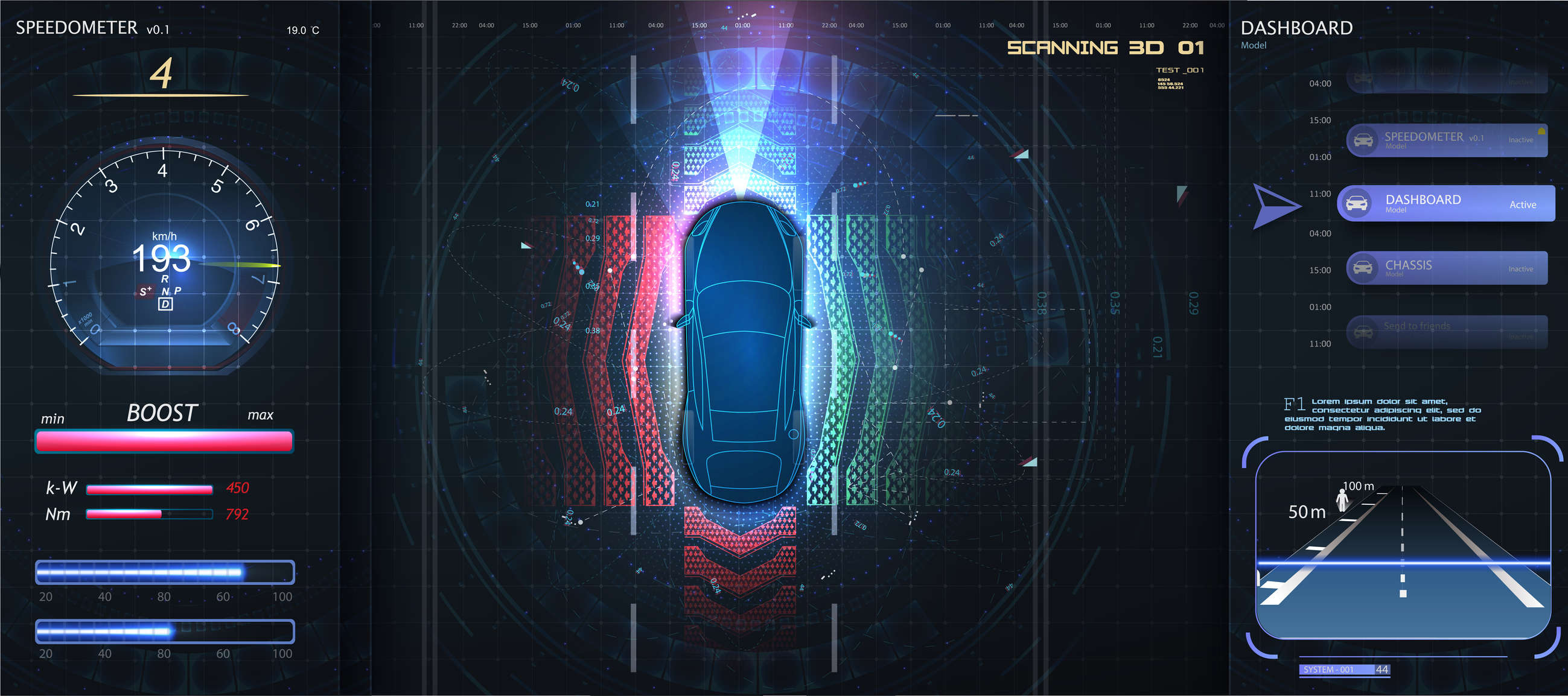 By Soumyaranjan Chaini
By Soumyaranjan ChainiThe future of automotive is smart mobility. The car of the future will be software-driven. The Internet of Things (IoT) will make it connected and capable of not only monitoring its own components’ health and the safety of conditions (telematics) around it but also communicating with other vehicles and with an increasingly intelligent road infrastructure (C-V2X). These features will become a must for all cars, and the exterior or body will become commoditized.
The future transition in the automotive industry will be incommensurate with the Industry 4.0 adoption. The future car will be an autonomous, electric, connected and shared vehicle. Under the 21st century paradigm, automobiles will constantly be redefined, expandable and provide a myriad of services based on user needs and wants.
As cars become more digital and software-centric, they will become expendable. Feature and functionality enhancement, new feature addition, OTA bug fix, moving to a different platform or HMI will be seamless. Customers will have access to multiple features and functionalities that can be enabled with minimum to no physical intervention and they can pay as they use these.Soumyaranjan Chaini
The possibilities are endless and everyone is still pondering on how and when these advancements will come into full effect and bring unprecedented change to the industry, ecosystem, infrastructure and people’s lives.
The cars have transitioned from Mechanical only to Mechatronics to Digital (AECS) to anything on wheels. In the post-Covid-19 decade, the cost and decision-making in automotive will be driven by software platforms and the software will define the corresponding mechatronics parts.
New revenue opportunities
Companies are moving from a “pay at the time of purchase” to a “pay at the time of usage” revenue model for services, features and even the entire vehicle. OEMs through their own marketplace or other third-party companies are coming up with innovative ways to offer users choice, affordability, economic advantage and other benefits. This also helps the carmakers as the market becomes bigger with new consumers paying for every minute they use the automotive while providing a continuous revenue stream.
To enable the recurring revenue model, we first need master application software from the OEM and an account must be created for every user, as we do in any other electronic smart gadget. A plethora of services, applications and features are delivered through this master application, some already active at the time of buying and some that could be activated on-demand with some additional cost.
Post-sale feature upgrade
As cars become more digital and software-centric, they will become expendable. Feature and functionality enhancement, new feature addition, OTA bug fix, moving to a different platform or HMI will be seamless. Customers will have access to multiple features and functionalities that can be enabled with minimum to no physical intervention and they can pay as they use these. This could be the major source of recurring revenue for automotive OEMs and equally convenient for the customers as well.
On-demand content
The next slew of recurring revenue will come from the consumption of on-demand content like games, movies, comics, education and entertainment. We can bring our digital lives into the car mirroring the home entertainment system. All that we consume via a mobile device or PC can be mirrored inside a car but with better experience and premium quality. This will cost too.
App Store and applications
The App Store is the cornerstone of delivering/ consuming digital services via any mobile device. Car OEMs can have their own App store and proprietary applications with an in-app transaction facility to deliver value-add services to customers. This will also help the car OEMs capture much important customer information for a personalized experience and targeted promotion. This could lead to a completely new revenue stream – in-car advertising or promotion.
New business models
Newer business models like subscription-based ownership, on-demand contextual service, OEM marketplace, mobility-as-a-service, ride-sharing, Robo-taxis are emerging through technology ecosystem-driven niche players as well as market leaders. They provide multiple parallel avenues of generating revenue.
Driving savings
The software-driven IoT model also helps in identifying problems early and fixing many of them remotely. This will save the car OEMs plenty of dollars by avoiding massive recalls. Though this will not generate additional revenue, it would certainly affect the bottom line. Savings can also be realised from marketing budgets, as all customer experience, branding, and loyalty-related campaigns could be run through the in-car facility, the digital cockpit, infotainment system)
Conclusion
Today’s automobiles are nothing like the ones a decade ago and the future is even more fascinating. The changes are fast and even the boundaries between industries are blurring. The automobile companies are becoming more like tech companies with an unprecedented fast innovation cycle. The changes are faster, smarter and for the better. With limitless possibilities, the automotive industry has aggressively adopted software and a digital-first approach. In future, revenue streams will come from the software and digital components and consumers would not have to pay a large sum at the time of purchase. Now it remains to be seen what else and what all an automobile can do, and we are surely just getting started!
(Disclaimer: The author is Vertical Sales Leader – Hi-Tech, QuEST Global. Views expressed are personal)
Also Read:














